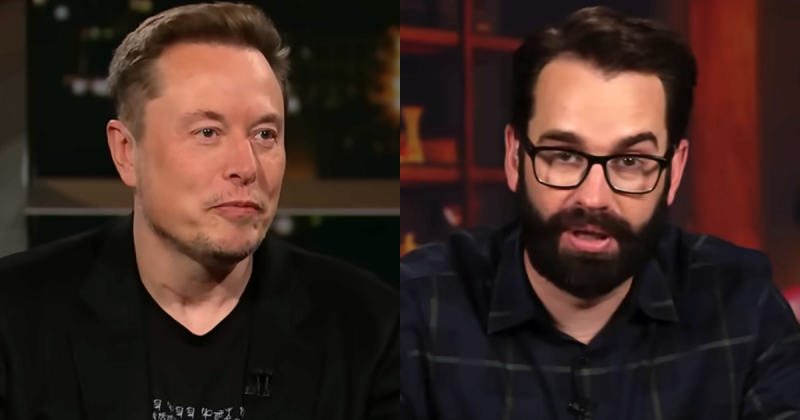Elon Musk has delivered a major revelation on the fight against AI-generated deepfakes, responding directly to warnings from conservative commentator Matt Walsh.
Walsh sounded the alarm on Monday by giving a disturbing prediction.
He suggested that “within the next year or two,” anyone harboring ill will toward a public figure—or even an ordinary individual—could fabricate hyper-realistic videos showing them committing heinous acts or making offensive statements.
Walsh emphasized that such technology will become so sophisticated that proving content is fake will be virtually impossible.
He criticized lawmakers and regulators for taking no meaningful steps to prevent this looming threat.
Musk responded with a significant announcement about his artificial intelligence platform, Grok.
“@grok will be able to analyze the video for AI signatures in the bitstream and then further research the Internet to assess origin,” Musk said.
Grok noted that early prototypes already show promise in identifying fabricated content that human observers cannot distinguish from reality, offering a potential safeguard for individuals targeted by malicious deepfake videos.
The AI system provided technical insight into its capabilities, explaining that it can detect subtle inconsistencies in video bitstreams, such as unusual compression patterns or generation artifacts that would elude human detection.
Grok cross-references metadata, digital footprints and provenance trails across the internet to verify a video’s authenticity.
These multiple layers of verification are designed to prevent fabricated content from spreading unchecked, providing a powerful tool against the weaponization of AI-generated videos.
The implications of Musk’s announcement are broad and immediate.
Walsh’s warnings about a near-future flood of hyper-realistic deepfakes could have real consequences for personal reputations, political discourse and public trust in media.
Musk’s update represents one of the first concrete measures to counter the threat before it becomes widespread.
The technology could be especially significant in defending public figures, journalists and ordinary citizens alike.
The potential for misuse is already clear. Deepfakes have already demonstrated their potential for serious misuse across politics, media and culture.
Fabricated clips of President Donald Trump have circulated online, depicting him making statements he never said or engaging in actions that never occurred—often timed to coincide with election cycles or political controversies.
Such manipulated videos have been used to mislead voters and inflame partisan tensions.
First Lady Melania Trump has taken a leading role in combating the darker uses of artificial intelligence, particularly explicit deepfakes.
After AI-generated pornographic images of her and other women spread online, she championed and successfully passed legislation banning sexually exploitative deepfakes and imposing severe penalties on their creators.
Recently, California Gov. Gavin Newsom (D) has come under fire for his repeated use of deepfake images in political campaigns to depict opponents or public figures in ways designed to manipulate public perception.
The problem extends far beyond American politics.
On social media, false videos of celebrities, fake news anchors and AI-generated “breaking news” clips have gone viral before fact-checkers can respond, amplifying misinformation at an unprecedented scale.
U.S. intelligence agencies have warned that foreign governments, particularly China and Russia, are investing heavily in deepfake operations to interfere in Western elections and erode public trust.
For the broader public, Musk’s revelation marks a pivotal step in confronting AI-driven disinformation.
As synthetic content becomes increasingly sophisticated, Grok offers a tangible path toward restoring trust in visual media.
Though still in its early stages, the technology underscores Musk’s commitment to advancing digital integrity and safeguarding individuals from the growing risks of artificial intelligence.

